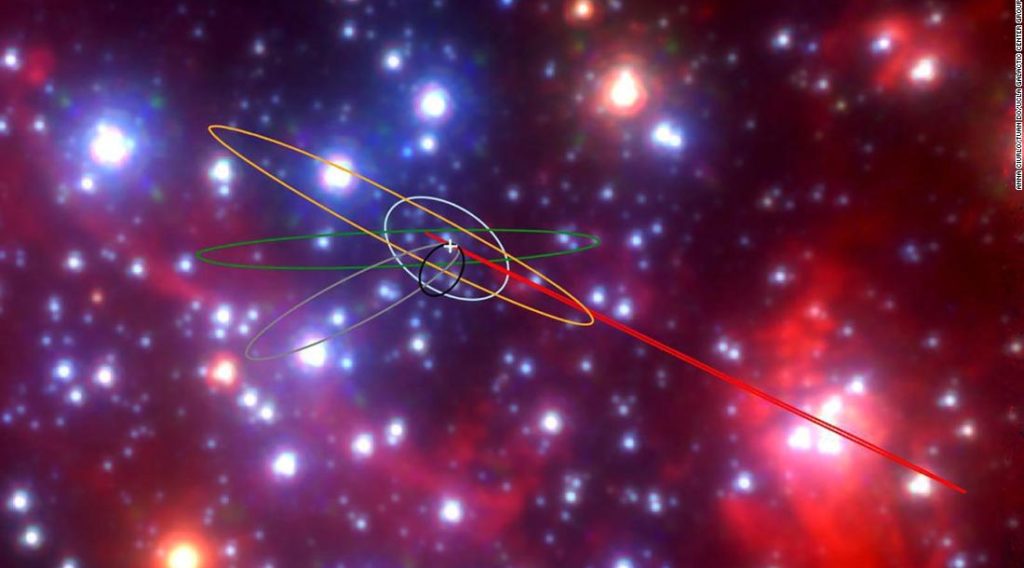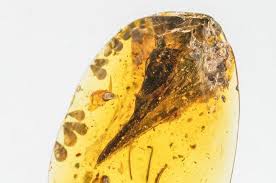
It’s one of the oldest known stars in the universe and it’s been hiding an astonishment, as per new research.
The primitive star is known as J0815+4729. It’s 5,000 light-years from everyone in the Lynx constellation. What’s more, when cosmologists utilized the W. M. Keck Observatory on Maunakea in Hawaii to study it, they had the option to comprehend its chemical composition, which uncovers beforehand obscure privileged insights about the earliest times in-universe.
The discoveries from the perception published for this present week in The Astrophysical Journal Letters.
“The primitive composition of the star indicates that it was formed during the first hundreds of millions of years after the Big Bang, possibly from the material expelled from the first supernovae of the Milky Way,” said Jonay González Hernández, lead study author and Ramón y Cajal postdoctoral researcher at the observatory.
Hydrogen and helium are the most plentiful elements in the universe. Oxygen positions third behind those, and keeping in mind that everyone knows it’s essential for life on Earth it didn’t exist when the universe started. Rather, oxygen was just made within the nuclear responses powering huge stars that are ten times the mass of the sun. This star was formed from the first generation of stars in the universe that exploded.
At the point when they utilized the observatory to study the star for over five hours through the span of one evening, they discovered 16 chemicals in the star’s atmosphere.
“Stars like J0815+4729 are referred to as halo stars,” said Adam Burgasser, study co-author and astrophysicist at the University of California, San Diego. “This is due to their roughly spherical distribution around the Milky Way, as opposed to the more familiar flat disk of younger stars that include the sun.”
The chemical composition was strange, including suddenly a lot of carbon, nitrogen, and oxygen that were ten, eight and three percent of the abundance found in sun.
“Only a few such stars are known in the halo of our galaxy, but none have such an enormous amount of carbon, nitrogen and oxygen compared to their iron content,” said David Aguado, study co-author and postdoctoral researcher at the University of Cambridge.
“This result is very exciting. It tells us about some of the earliest times in the universe by using stars in our cosmic back yard,” said John O’Meara, the Keck Observatory’s chief scientist. “I look forward to seeing more measurements like this one so we can better understand the earliest seeding of oxygen and other elements throughout the young universe.”
The research likewise features the significance of stellar mapping and investigation to find these old, uncommon stars, similar to the Sloan Digital Sky Survey, which made one of the most detailed 3D maps of the universe. The group with the Instituto de Astrofísica de Canarias, or IAC, described the star in 2017, utilizing the Grand Canary Telescope in La Palma, Spain.
“Thirty years ago, we started at the IAC to study the presence of oxygen in the oldest stars of the galaxy; those results had already indicated that this element was produced enormously in the first generations of supernovae. However, we could not imagine that we would find a case of enrichment as spectacular as that of this star,” said Rafael Rebolo, study co-author and IAC director.
Disclaimer: The views, suggestions, and opinions expressed here are the sole responsibility of the experts. No Opinion Bulletin journalist was involved in the writing and production of this article.



